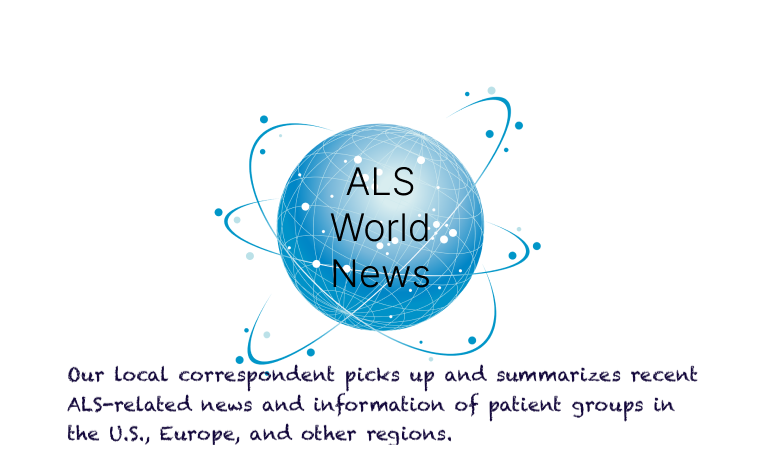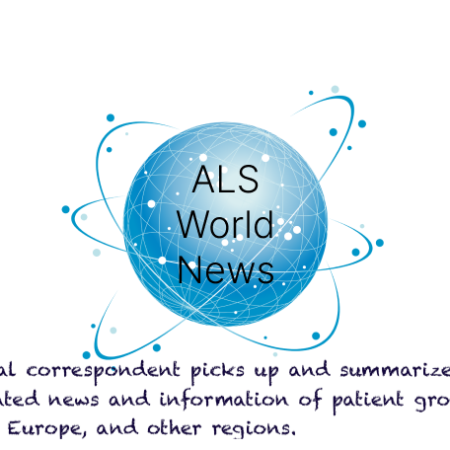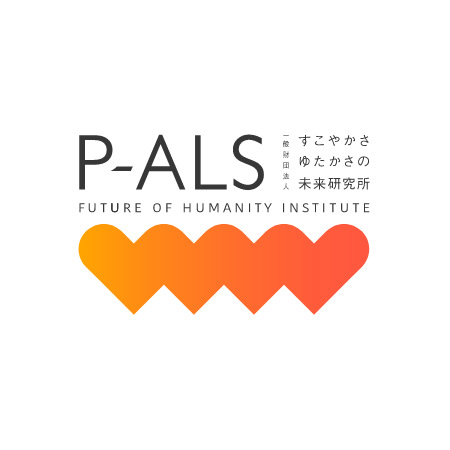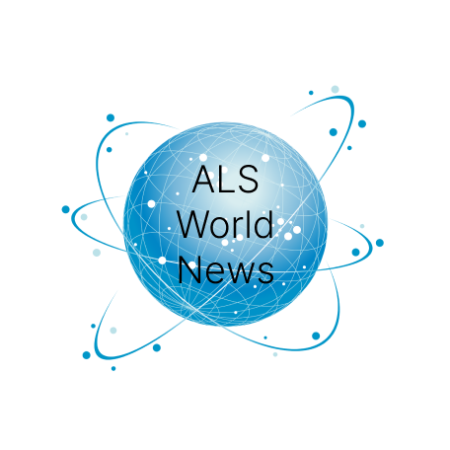In 2008, Professor Shinya Yamanaka and his colleagues at Kyoto University succeeded for the first time in the world in the generation of iPS cells, and in 2012, he was awarded the Nobel Prize in Physiology -Medicine. Based on information posted on the website of the Center for iPS cell Research and Application (CiRA) of Kyoto University ( Ref 1), where Professor Yamanaka currently serves as Director Emeritus and Professor, we will report twice on the current status of iPS cell technology research and its relationship to ALS. This is a two-part report on the current state of iPS cell technology research and its relation to ALS. This time, we will report on iPS cell technology.
- What are iPS cells?
iPS cells are called “induced pluripotent stem cells,” . iPS cells are induced by introducing a very small number of factors into somatic cells such as blood and skin (Ref 2) and culturing them. The cells have the ability to differentiate into cells of various tissues and organs and to proliferate almost indefinitely. The transformation of somatic cells into pluripotent stem cells is called reprogramming. Embryonic stem cells (ES cells) were the technology that preceded iPS cells. The use of human ES cells to create all kinds of human tissues and organs was expected to lead to regenerative medicine. However, although ES cells are made from fertilized eggs that are not used in infertility treatment and are to be discarded, many people are uncomfortable with the idea of destroying fertilized eggs, and many countries have placed restrictions on ES cell research. Professor Yamanaka focused on the genes of ES cells and found four genes (Oct3/4, Sox2, Klf4, and c-Myc) that are characteristic of ES cells among many genes, and in 2006, he introduced these genes into mouse skin cells, cultured them, and confirmed that reprogramming occurred. In 2007, he announced the successful generation of human iPS cells by introducing the four genes into human skin cells. - Progress and Future Prospects of iPS Cell Technology CiRA was established in 2010 with the mission of medical application of iPS cells. The establishment of iPS cells for clinical use, which was a major goal at the time of establishment, has already been achieved, and clinical trials of cell therapy using iPS cells for various diseases are underway.
- Widespread use of regenerative medicine with iPS cell stock as a pillar
- Realization of personalized medicine and drug discovery for intractable diseases using iPS cells
- Pioneering new life sciences and medicine using iPS cells
- Highest level of research support system and research environment in Japan
To achieve these goals, it is necessary to make cells that can be used safely by more people, and basic research is underway to create second- and third-generation iPS cells. For example, the c-Myc gene, which was thought to increase the possibility of cancer, was changed to L-Myc, and the viral vector (Ref 3), which was initially used to introduce genes into somatic cells, was changed to an episomal plasmid (Ref 4) because it was said to damage the original genes of the cells and cause cancer.
A newspaper (Ref 5) introduces an upgrade of iPS cell technology. With the current technology, only a few iPS cells can be produced from several hundred to several tens of thousands of blood cells, and it is easy to produce “peculiar” iPS cells that change into unbalanced cells, requiring repeated reproduction to check their properties and consuming a large amount of culture dishes and culture medium. In contrast, CiRA Director Jun Takahashi has set a three-year goal of producing iPS cells that are largely stable and become the target cells when they are transformed into the cells needed for therapy. The key is a culture medium that contains ingredients that can be used in fertilized eggs and maintain the same state as conventional iPS cells, thus reducing the variability of cell characteristics, according to CiRA Associate Professor Yasuhiro Takashima. The key to this success is the composition of the culture medium. Furthermore, according to the associate professor, good quality iPS cells can be produced by deliberately keeping the oxygen concentration in the culture medium low. CiRA Professor Hirohide Saito has been conducting research to improve the initialization efficiency by artificially synthesizing and using RNA, the genetic material that has attracted attention for the new corona vaccine. The research is now able to produce iPS cells from a small number of cells.
The article also describes the realization of new medical treatment by combining regenerative medicine using iPS cells and gene therapy, which cures diseases by inserting genes into the body. As an example, the article states that when transplanting cells created from iPS cells into a patient, gene therapy that promotes cellular attachment will be performed at the same time in order to improve the effectiveness of the treatment. In addition, the iPS cells are currently made from “healthy people,” checked repeatedly, and cryopreserved, but in the future it would be ideal to use iPS cells from “the person himself/herself,” which would not cause rejection, and for this purpose, it is necessary to improve the production efficiency and quality.
In an article dated April 12 , 2024, it was announced that “Kyoto University’s iPS Cell Research Foundation (Kyoto City) and Canon Inc. (Tokyo) have jointly developed a technology to automatically generate iPS cells for medical use from a patient’s own blood. They aim to put the technology to practical use next year. Once the fully automated device is completed, the cost of producing iPS cells will be greatly reduced, and the realization of regenerative medicine will likely be accelerated. (REfco 6). Conventional manual methods of iPS cell production involve high costs for the construction and maintenance of dedicated facilities and labor costs for technicians, and it is estimated that it costs approximately 40 million yen to produce iPS cells for one person. In the method developed by Canon Inc. and others, red blood cells and other unnecessary conponents are removed from the blood and genes are introduced into the remaining cells. The process takes about 20 days to increase the number of iPS cells and collect them. The company aims to complete the fully automated device by the end of this year. Human hands will only be required to set the blood and reagents , and to remove the containers from which the iPS cells are collected, further more quality is expected to be stable. The foundation is developing this technology as part of the “my iPS project” and is aiming to reduce the cost per patient to about 1 million yen.
***In the next issue, we will report on the relationship between iPS cell technology and ALS.
- Ref 1 Kyoto University iPS Cell Research Institute HP https://www.cira.kyoto-u.ac.jp/
- Ref 2 Somatic cells are all cells other than reproductive cells. For example, it refers to cells that make nerves, muscles, internal organs, etc. AstraZeneca HP Breast Cancer J https://www.nyugan.jp/heredity/aifaq/qa018.html
- Ref 3 A “viral vector” is a carrier derived from a virus that introduces a target gene into the cell or nucleus using the virus’s propensity to enter the cell. National Center for Gene and Cell Therapy, National Center for Child Health and Development, Gene and Cell Therapy Reference Materials for the Public https://www.ncchd.go.jp/center/activity/gcp_center/wakaru_gct.pdf
- Ref 4 A non-viral vector in which the transgene is not incorporated into the genome of the recipient cell. If a retroviral vector is used for the introduction of an iPS cell, the gene will be incorporated into the genome, resulting in an insertional mutation and a high risk of cancer, This leads to insertional mutations that increase the risk of cancer. However, when episomal vectors are used for gene transfer, the gene is not incorporated into the genome of the cell, and the risk of canceration is reduced. Nikkei Biotechnology Keyword episomal vector https://bio.nikkeibp.co.jp/atcl/report/16/011900001/16/11/02/00068/
- The Yomiuri Shimbun Online Interview with Kyoto University Director and others on the latest treatment with next-generation “iPS” 2024.02.16 https://www.yomiuri.co.jp/local/hashtag-kyoto/CO072596/20240412-OYTAT50028/ Reported by Y. Hashiguch April 27, 2024






